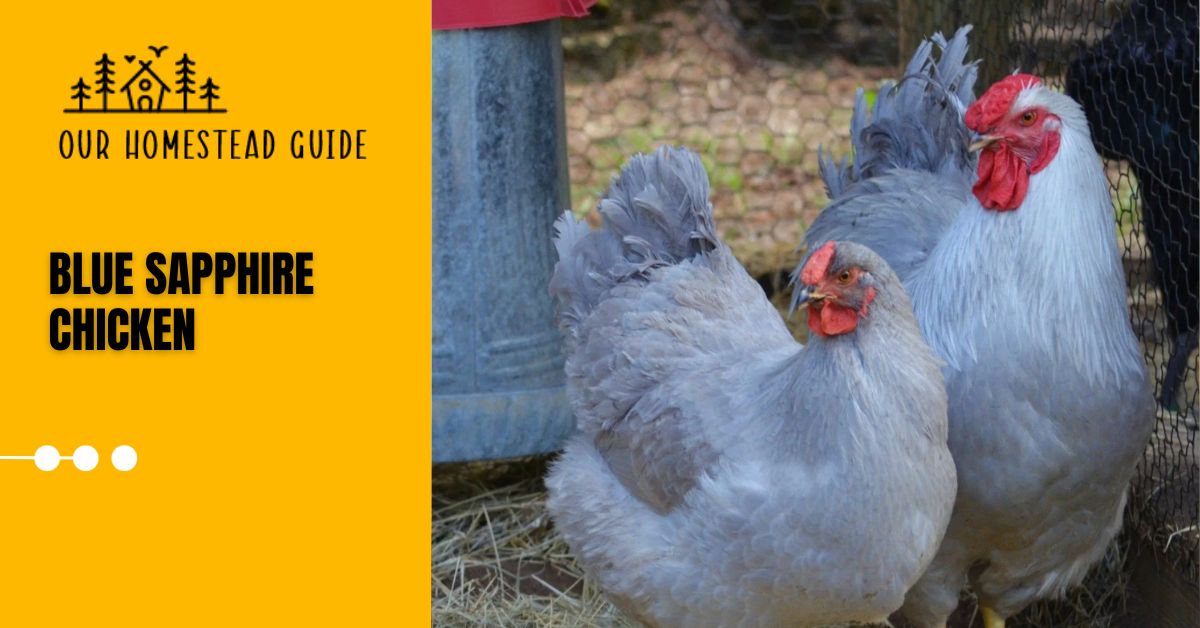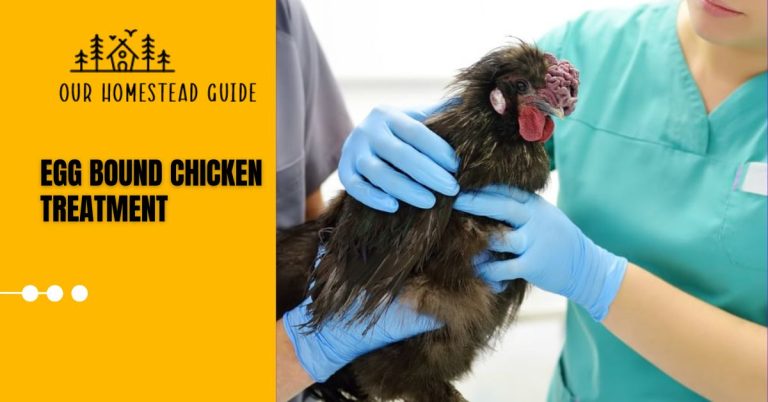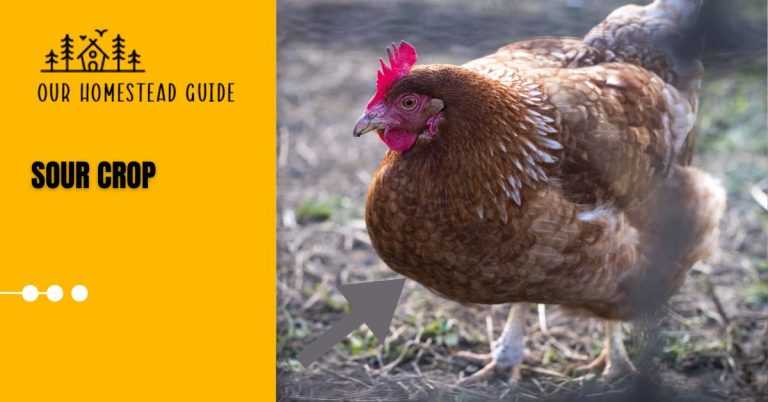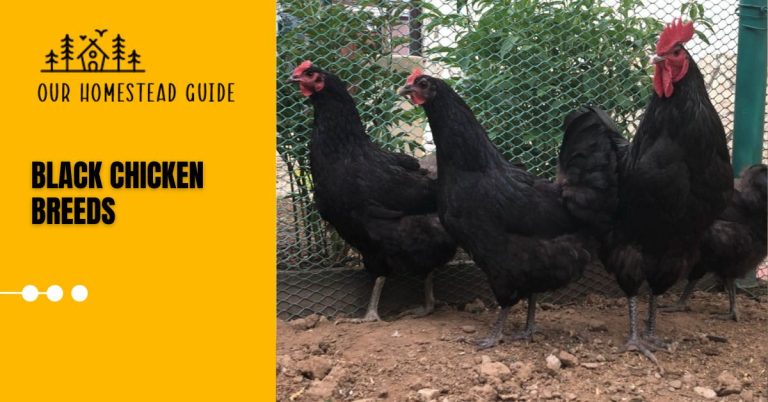Blue Sapphire Chicken: Complete Guide
Blue Sapphire Chicken, also called the Sapphire Blue Plymouth Rock or Blue Plymouth Rock. This breed has captured the attention of novelty lovers wacith its exquisite lavender and blue feathers that are patterned like necklaces.

The Sapphire Gem is now making waves in the hen industry by fusing exceptional egg production with remarkable beauty. The Sapphire Gem Chicken is the ideal option for anybody looking for a distinctive and prolific addition to their flock. It attracts attention and lays eggs with style.
Sapphire Gem Chicken Overview
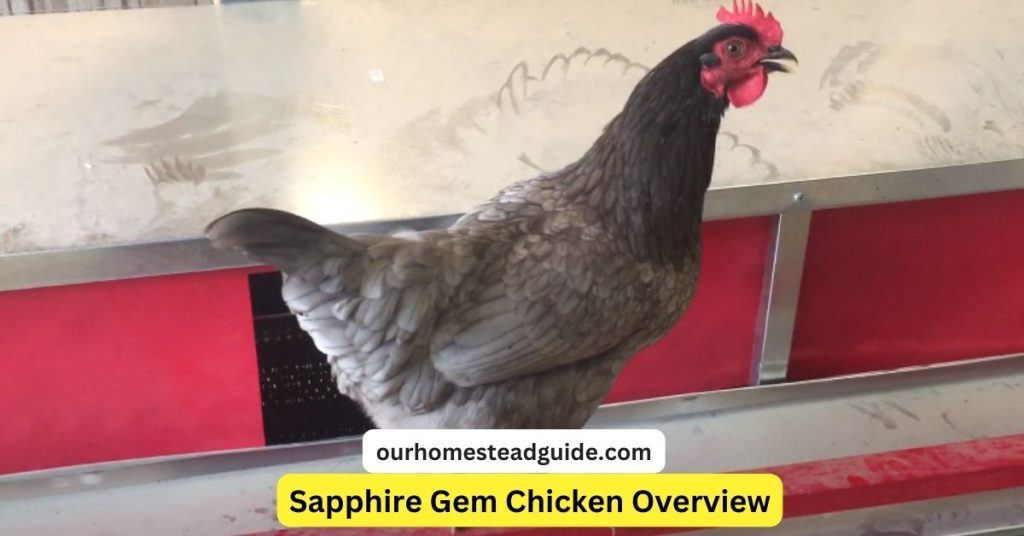
Before we look at the details of this breed, let’s look at some of the important characteristics of a Sapphire Gem.
| Attribute | Description |
|---|---|
| Breed | Sapphire Gem Chicken |
| Plumage Color | Shimmering blue and silver |
| Size | Medium-sized |
| Temperament | Docile and friendly |
| Egg Color | Jewel-toned blue-green |
| Egg Size | Medium |
| Egg Production | High |
| Lifespan | 5-7 years |
| Special Features | Unique iridescent feathers |
| Purpose | Ornamental, Egg Production |
Blue Sapphire Chicken History
As of January 2022, when I last updated my knowledge, nothing particular concerning the origins of a “Blue Sapphire Chicken” was known. This word can apply to a made-up or specialized breed developed after that period. I won’t know any new breeds or concepts that have come along since then.
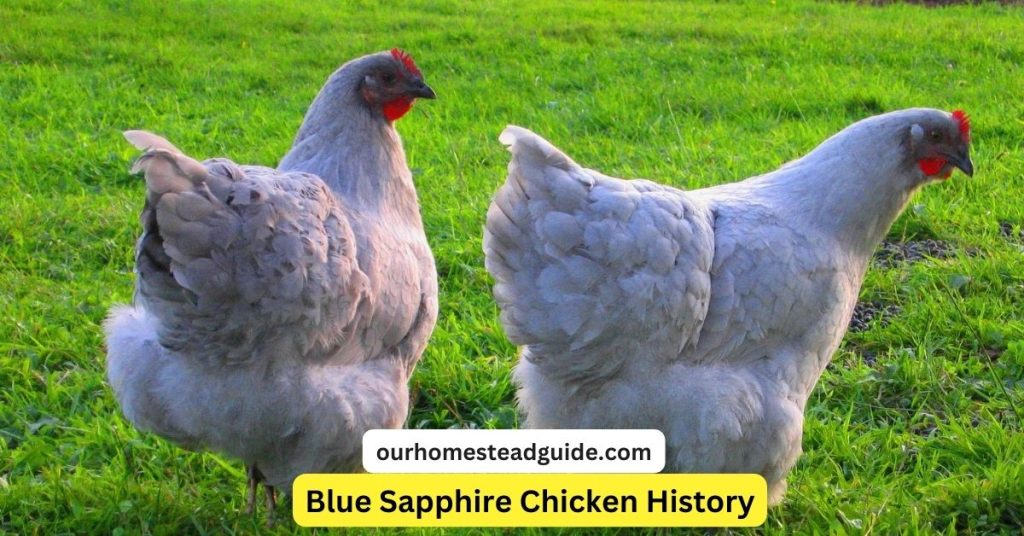
For the most recent and correct information, it would be advisable to consult breed registries, poultry associations, or recent sources if “Blue Sapphire Chicken” is a word used in a particular context or community. Poultry groups and fans regularly chronicle the histories, traits, and advancements of their breed.
To find out whether there have been any changes or conversations on the Blue Sapphire Chicken, you could also wish to check with nearby breeders or online groups and forums devoted to chickens.
Appearance of Blue Sapphire Chicken :
Color of Plumage:
The magnificent, glittering blue and silver hue of the Blue Sapphire Chicken’s feathers is one of its most distinguishing features. The colors might differ, much like the tones of a gemstone made of blue sapphire.
Dimensions:
This breed usually has a medium-sized frame that is gracefully built and well-proportioned.
Features of Feathers:
Feathers may possess a distinct iridescence, like jewels. The bird’s aesthetic appeal may be enhanced by the iridescence, which may be especially noticeable in certain lighting situations.
Wattles and Comb:
The wattles or fleshy lobes hanging from the chin, and the comb, the meaty crest on the chicken’s head, may enhance the overall look. These might be modest in size to complement the bird’s appearance.
Beak and Legs:
The bird is well supported by its medium-length, robust legs. The beak may be the right size for eating.
Personality of Blue Sapphire Chicken
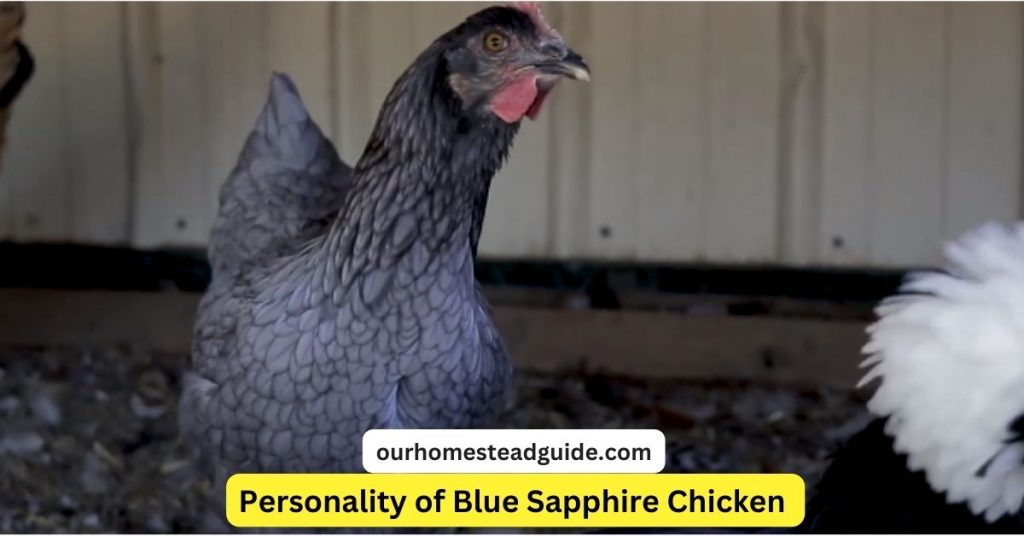
Calm and Companionship:
There is a reputation for gentleness and friendliness among Blue Sapphire Chickens. They might be peaceful and well-suited to socializing with both people and other animals.
Curiosity:
These hens may have an inquisitive and inquiring demeanor. They could take pleasure in studying new elements of their habitat, pecking at intriguing items, and generally taking in their surroundings.
Social Conduct:
Blue Sapphire Chickens can have strong social instincts. With their companion hens for company, they may flourish in a flock setting. Due to their gregarious nature, they could fit well in with the flocks that were already present.
Playfulness:
Playful behaviors including dust bathing, scratching the ground, and even playing with enrichment toys might be displayed by these hens. Providing children with playtime activities can improve their well-being.
Flexibility:
Blue sapphire hens may adapt to a variety of settings and temperatures. Their laid-back disposition may make them ideal for major poultry businesses as well as backyard environments.
Speaking in voice:
Although they are usually silent, Blue Sapphire Chickens can make delicate coos and clucks to communicate. They may use their vocalizations to warn others of impending danger or to show their joy.
Here are some other friendly chickens that you may be able to house with this breed:
- Plymouth Rock
- Silkie
- Buff Orpington
- Speckled Sussex
- Cochin
Sapphire Chicken Care Requirements
Since “Blue Sapphire Chicken” seems like a made-up or conceptual name, I’ll just include general care guidelines that apply to most kinds of chickens. Please be aware that depending on the features and attributes linked to this fictitious breed, different care requirements may apply. Here’s a simple rundown of what has to be done for chicken care:
Accommodations:
For laying eggs, provide a safe, well-ventilated coop with nesting boxes.
Make sure every chicken has enough room to roam around in.
Nutrition:
Provide laying hens with a well-balanced poultry feed.
Always have fresh, clean water available.
Provide grit to help with digestion, particularly if the hens don’t have access to natural food sources.
Medical Care:
Make time for routine hen health examinations and act quickly to treat any symptoms of sickness.
To avoid becoming sick, maintain a clean coop and follow excellent hygiene practices.
As advised, administer immunizations and parasite control.
Enhancement of the Environment:
If at all feasible, provide hens access to the outdoors so they may participate in their natural activities, such as scratching and dust bathing.
Add elements of environmental enrichment to the surroundings, such as perches, dust baths, and pecking toys. Put in place safeguards to keep hens safe from harm, such as sturdy fence and coop sealing.
Lighting
To promote good egg production, make sure the illumination is appropriate. Generally speaking, chickens need 14–16 hours of light every day.
Social Communication:
Because they are gregarious creatures, make sure your chickens are housed in flocks.
Spend time observing your hens’ behavior and fostering social engagement with them.
Considering Temperature:
To avoid drafts in the winter and overheating in the summer, make sure the coop has enough ventilation.
Provide shade in the summer and make sure people have access to cover when the weather is bad.
Gathering Eggs:
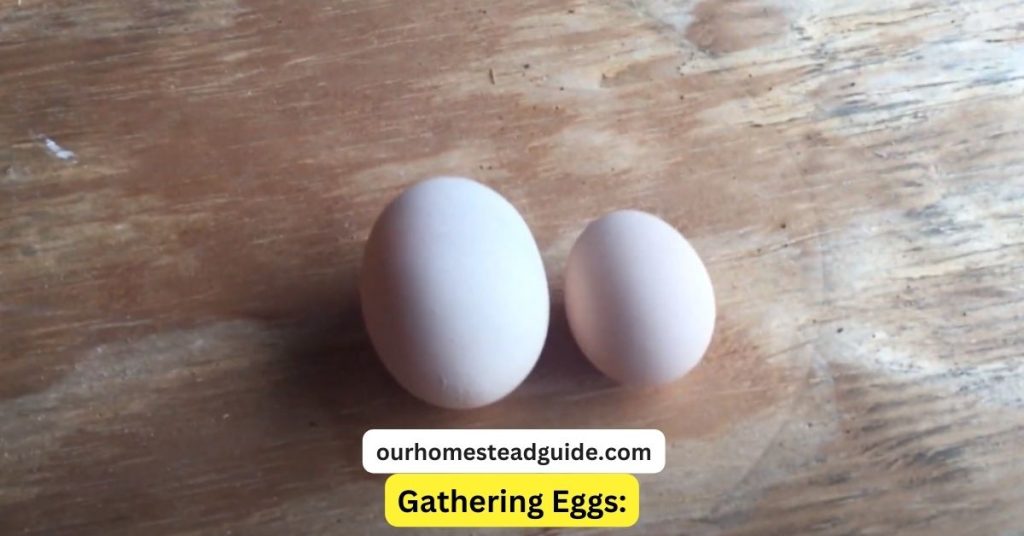
To keep them clean and avoid broodiness, gather eggs regularly.
Observing Behavior:
Keep an eye out for any indications of stress, sickness, or bullying within the flock by observing the behavior of individual hens.
How to Breed Sapphire Gem Chickens
Because you don’t have to become involved in any way, breeding chickens is simple. All your hens need to do is present a Sapphire Gem rooster to them, and they will begin to breed. Because these birds are a hybrid of two different Plymouth Rock varieties, you may not always receive Sapphire Gem offspring.
These hens do not need to be bred if you want not to. To produce eggs for sale and consumption, many caretakers tend to the chickens. What is the egg production rate of this strain then?
When Do Sapphire Gems Start Laying?
Sapphire Gem chickens typically reach adulthood sooner than other varieties. As a result, they can begin to produce eggs as early as four or six months. The typical size of a Sapphire Gem chicken egg is medium to big.
Sapphire Gem Chicken Egg Production
Typically, these hens lay four to six eggs every week. This implies that they will typically produce 280–300 eggs a year. They lay the most eggs in their first few years of life, then as they get older, they start to lay fewer eggs, just like other breeds.
These hens produce plenty of eggs, so you may want to look into some egg-based dishes.
| Aspect | Description |
|---|---|
| Introduction | Welcome back to Old Swedes Farm, where our Blue Sapphire chickens have become an invaluable addition over a year. |
| Description | Originating from the Czech Republic, the Blue Sapphire is a captivating crossbreed of Blue Plymouth Rock and Bard Plymouth Rock, known for medium size and distinct feathering. |
| Physical Characteristics | Admire lavender and blue feathers, with a single comb and an average weight of six to six and a half pounds. |
| Social Behavior | Charming and cooperative, seamlessly integrating into the flock and becoming indispensable farm community members. |
| Egg Laying | Commencing at 18 weeks, they astound with large and extra-large eggs, setting a commendable standard for consistent production. |
| Foraging Behavior | Exhibit an adventurous spirit, exploring woods and lawns, even crossing roads, adding a lively touch to the farm. |
| Alertness to Predators | Display keen awareness, promptly alerting others to potential predators, ensuring the safety of the entire flock. |
| Individual Characteristics | Meet specific personalities like Sam, embodying docile and friendly traits, with engaging anecdotes adding a personal touch to each bird. |
| Feather Plumage | Marvel at stunning feather patterns adorned with delightful dots and dashes, seamlessly blending into the flock’s aesthetics. |
| Adaptability to Weather | Thrive in various climates, laying eggs even during Minnesota winters, showcasing resilience in both cold and warm conditions. |
| Conclusion & Recommendations | Blue Sapphire chickens stand out as visually striking and productive, laying an estimated 290 eggs annually. A stellar choice for those seeking a novel and unique addition to their flock. |
| Closing Remarks | Thank you for joining our exploration of Blue Sapphire chickens. Share your thoughts or questions in the comments; we’re here to assist and share the joy of these fantastic birds. Until next time, take care and enjoy your time with these great Blue Sapphires! |
Most Frequently Asked Questions!
Q: What makes the Blue Sapphire Chicken unique?
The Blue Sapphire Chicken is widely recognized for its remarkable feathers, which exhibit a glittering combination of silver and blue hues. It is distinguished by its distinct iridescence, which is like the splendor of a blue sapphire gemstone.
Q: Are Blue Sapphire Chickens friendly and easy to handle?
Indeed, Blue Sapphire Chickens are renowned for being calm and kind. They are a great addition to any flock since they are generally calm and like interacting with people.
Q: Do Blue Sapphire Chickens lay blue eggs?
Yes, the Blue Sapphire Chicken’s ability to lay eggs in jewel-toned blue and green tones adds a touch of beauty to your egg basket and is one of its charming attributes.
Q: What is the recommended diet for Blue Sapphire Chickens?
For optimal growth, Blue Sapphire Chickens require a well-balanced poultry feed meant for laying hens. Make sure they have access to grit for digestion, fresh water, and occasionally enriching snacks.
Q: Can Blue Sapphire Chickens be kept in urban settings?
Blue Sapphire Chickens can adapt to a variety of locations, including cities. But it’s crucial to provide them access to the outdoors, a safe coop, and to take local laws into account.
Q: How can I care for the iridescent feathers of Blue Sapphire Chickens?
Create a space for them to take dust baths to preserve the color of their feathers. Their plumage looks better and stays in better condition when they have regular grooming, careful handling, and a clean living environment.
Q: Are Blue Sapphire Chickens suitable for exhibition or shows?
Of course! For poultry shows, Blue Sapphire Chickens are a great option because of their striking and distinctive look. Seek out local poultry shows to exhibit these magnificent birds.
Q: What is the lifespan of Blue Sapphire Chickens?
When given the right care, which includes balanced food, frequent checkups, and a secure living space, blue sapphire hens usually survive for five to seven years.
you may also like this article.

